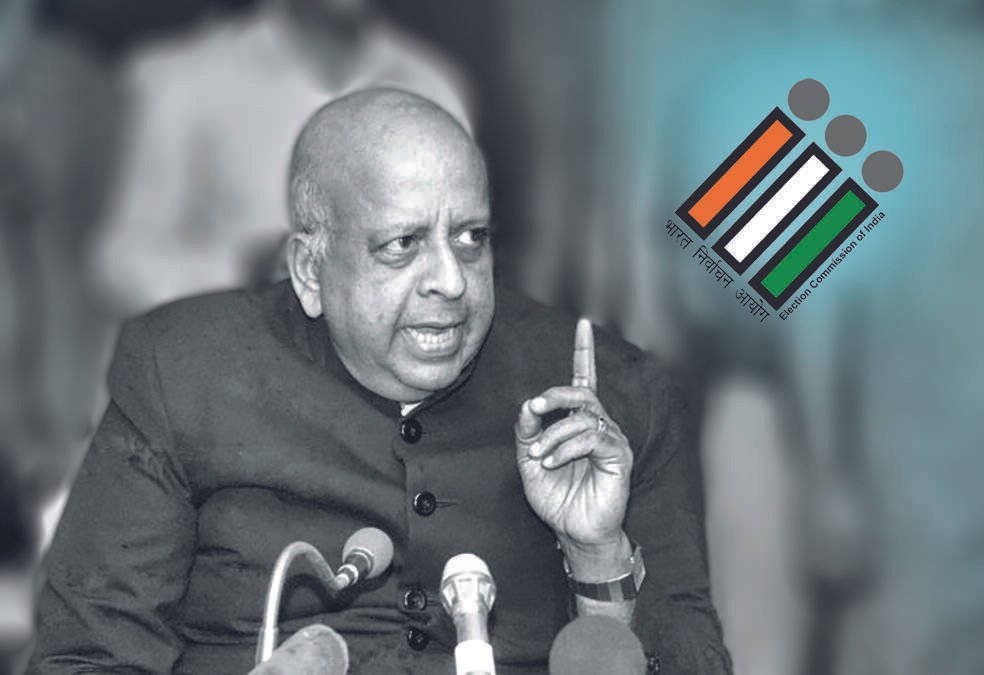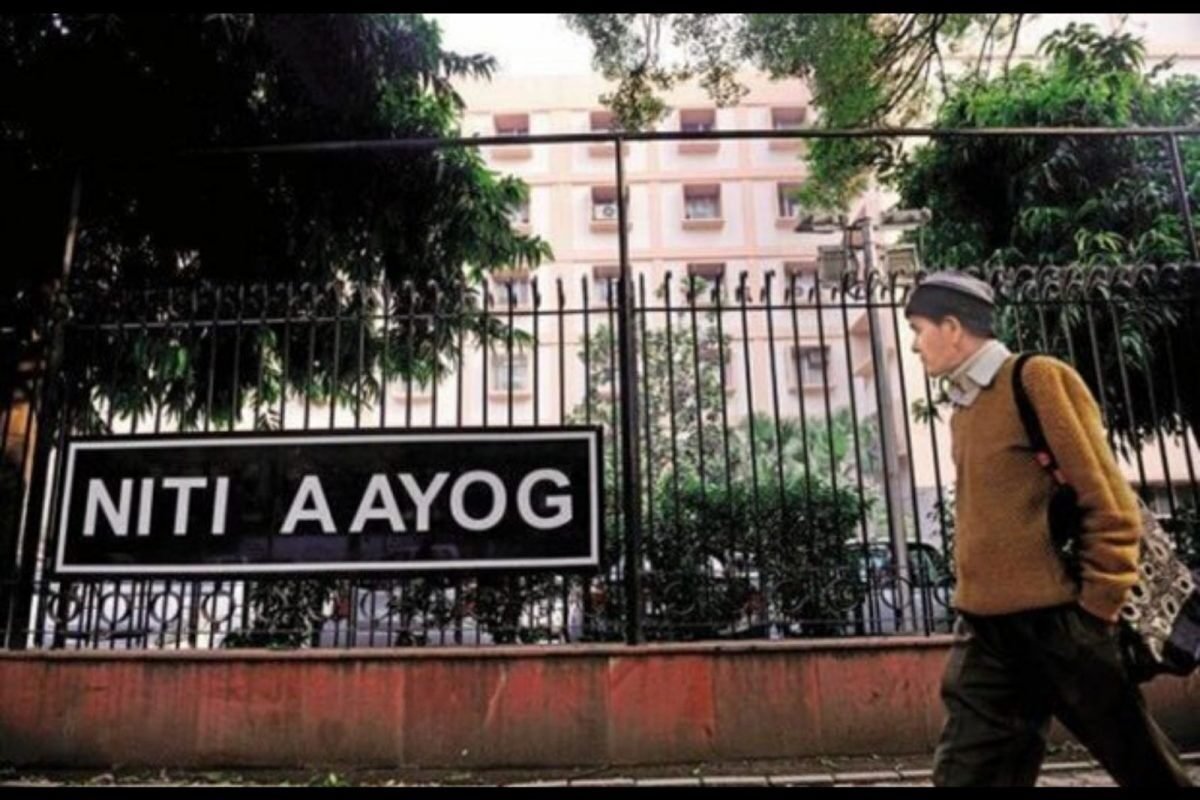Opportunity with challenges
The decision to allow the branches of foreign universities in India is a step in the right direction but certain issues need to be resolved beforehand
The 21st century will belong to that country or society which moves ahead of others in terms of the acquisition and application of knowledge. Education is the foundation on which this knowledge society will be built. India has a great opportunity in terms of its youth population which can be harnessed as a demographic dividend if the right kind of education and skilling is provided to the youth from the primary to the higher level. We need not only expansion in the avenues of education but also in terms of the quality of education. The quality of education imparted in rural primary schools is of an abysmal quality which has been further pushed back by the pandemic, and this has become a matter of serious concern. It is the school system which acts as a feeder to the higher education system, and if the input to higher education is of a poor standard, then it shall certainly impact the output. There is no denying that higher education needs a lot of attention. We have commendable institutions like the IITs and the IIMs but there are a large number of below-average institutions as well. The gross enrolment ratio (GER) is only about 26 per cent, and the new education policy has set for itself an ambitious goal of raising this to 50 per cent by 2035. This would require a huge amount of expenditure in higher education, with new colleges being opened and a big increase in the number of children joining the higher education system. This has obvious implications regarding the logistics and management of such a vast education system.
At the moment, a lot of students are indeed attracted to foreign countries for higher education for various reasons. One of them is to be able to access a higher quality of education in foreign universities of repute. However, the issue of the cost of such education becomes a barrier for many aspiring students. It is in this light, and in a bid to internationalise Indian higher education in consonance with NEP 2020, that the UGC has come out with draft regulations on setting up of campuses of foreign higher educational institutions in India. These draft regulations have dealt with many issues raised earlier when the governments made an effort to open higher education in India to foreign universities. One cannot disagree with the intent behind this policy, and the students will benefit from such a step. These rules are in response to long-standing needs. The students of this country have aspirations; almost five lakh students are studying abroad. If universities of repute set up their campuses in India, then this would certainly open a window to higher-quality education for our students.
There are some issues in these regulations which need to be considered. In the NEP 2020, it was provided that only the top 100 QS-ranking universities would be allowed to establish their branch campuses in India. However, the UGC regulations have talked about the top 500 foreign universities, which appears to be a dilution of quality. It also says that, in addition, higher education institutions of merit would be considered but it is not clear how this merit will be decided upon by the UGC. Some recent articles on this subject indicate that top universities like Harvard or Stanford or similar ones of repute may not be interested in opening campuses in India. Abundant care would have to be exercised in this matter otherwise we would be saddled with campuses of mediocre universities.
One of the main issues raised by foreign institutions, that they should be allowed to repatriate the profits that they earn from campuses in India, has been conceded in these draft regulations subject to the rules and regulations of the Foreign Exchange Management Act, 1999. In India, we have so far been of the view that education is a public good and the profits earned should be ploughed back into the institutions. Allowing repatriation of profits is a major concession, which is a topic for debate but this step would encourage many foreign universities to come to India. It is a decision in the larger interest of education. Further, the regulations allow foreign institutions to decide their fee structure provided it is transparent and reasonable. This could lead to a situation where better institutions or courses with higher market value may prescribe a fee structure which is out of the reach of many students. No doubt there is a provision for need-based scholarships but this is a challenging issue as the country has to provide these better educational opportunities to all disadvantaged groups that include women, SCs, STs, OBCs, EWS, differently-abled and geographically disadvantaged groups.
These institutions have been given the freedom to decide on the qualifications, salary structure and other conditions of services for appointing faculty and staff. This could lead to an opaque system and there could be a big gap between the UGC-mandated conditions for higher education institutions in India and the foreign branch campuses. Moreover, these institutions are expected to arrange for their physical infrastructure, which involves substantial investment and may be another challenge. These institutions will be given the freedom to frame their curriculum which is how it should be. Of course, there is a restrictive clause that nothing would be a part of their programme of study which jeopardises the national interest of India or the standards of higher education in India. The last clause is open to interpretation and could raise issues regarding the curriculum in subjects like history or other disciplines of humanities. The draft regulations also waive off equivalence requirements for the degrees imparted by the foreign campuses. It will be up to the employers to take a view on these degrees at the time of giving employment.
There are definite issues in the draft regulation but it is a step in the right direction. It would allow the students in India to get good quality higher education. The important thing is to see that we get institutions of a certain quality. Also, the implementation would be a vital aspect to ensure that there is the right environment to attract the best institutions and allow them to succeed. It is also important to align the regulations with the professed objective of NEP 2020 to provide high-quality education to all sections of society.
The writer is an ex-Chief Secretary, Govt of Uttar Pradesh. Views expressed are personal







